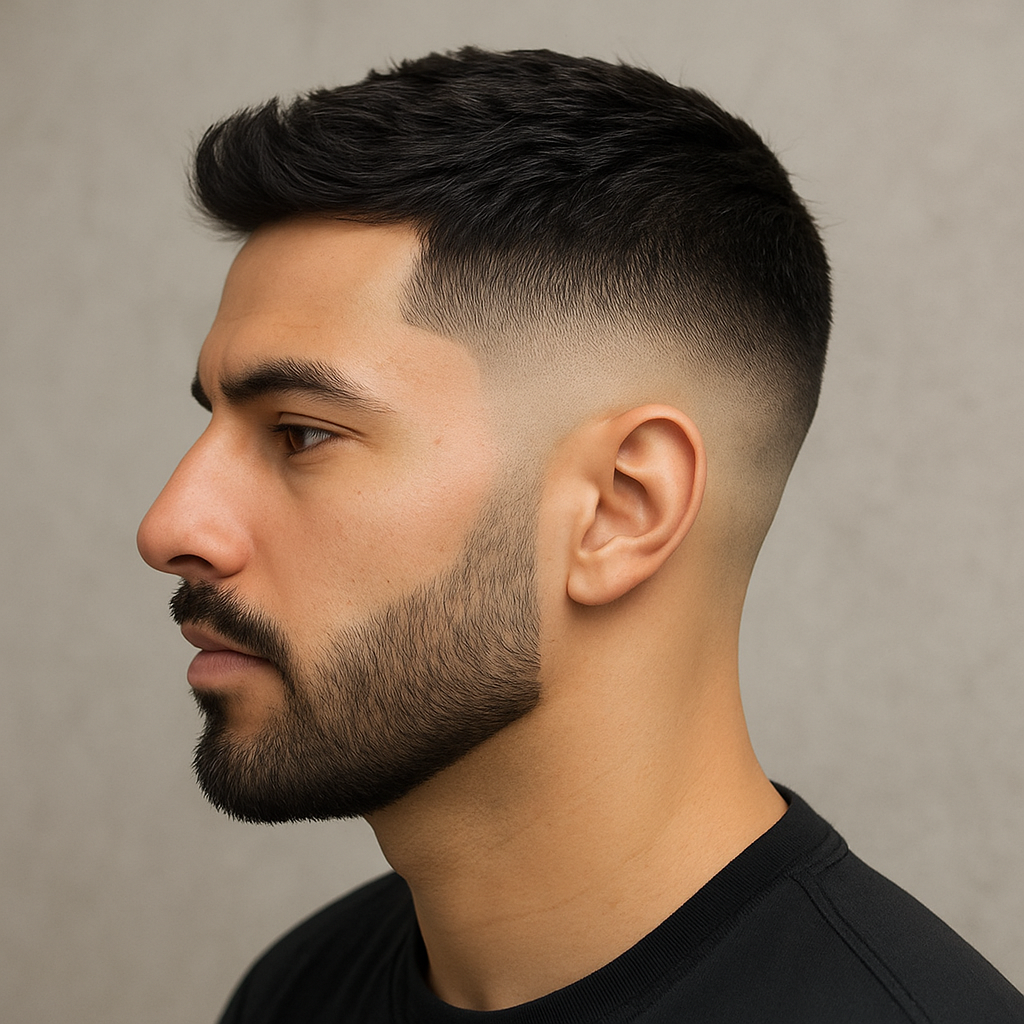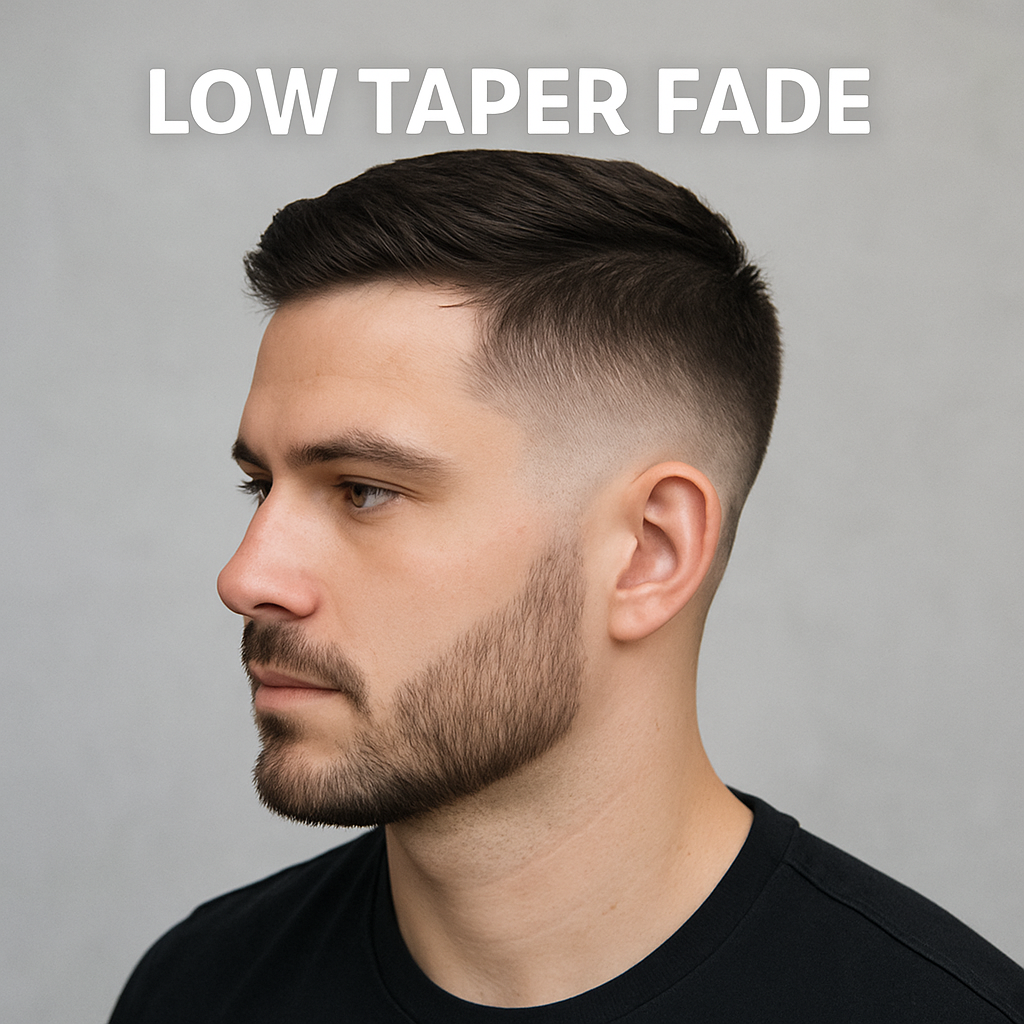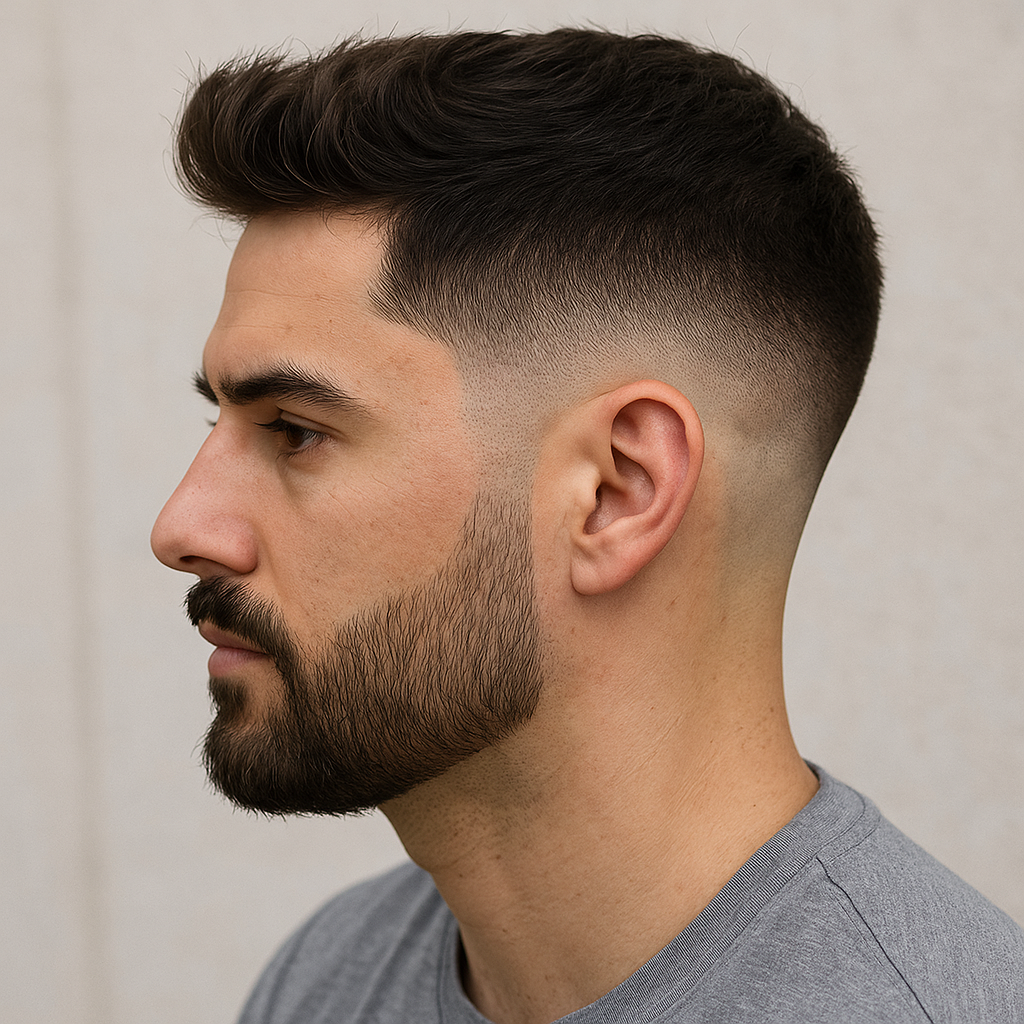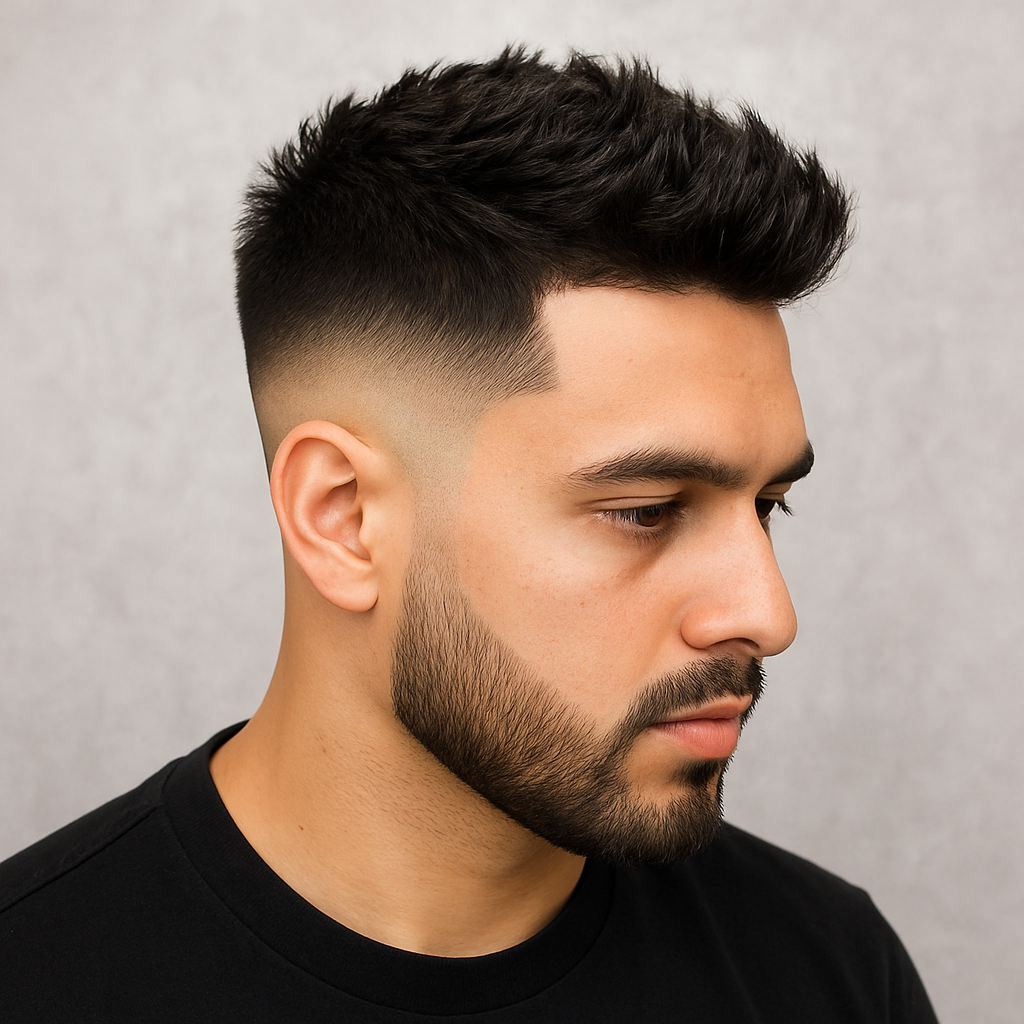Introduction to the Drop Fade
Haircuts have always been a way for men to express their personality, and in recent years, the drop fade has become one of the most sought-after styles. But what exactly makes it so popular? Well, it’s sharp, versatile, and modern—basically everything you’d want in a haircut.
What is a Drop Fade?
A drop fade is a variation of the traditional fade where the hairline “drops” behind the ears, creating a curved, natural-looking outline. Instead of being straight across, the fade dips down, following the shape of your head. This little tweak gives the haircut more character and edge.
Why is it Called a “Drop” Fade?
The name says it all—it’s because the fade drops lower as it curves around the sides and back. Imagine drawing a line that starts high near the temples but gradually slopes down toward the neckline—that’s your drop fade.
The Growing Popularity of Drop Fade Haircuts
From athletes to Hollywood stars, the drop fade has made its mark everywhere. It’s especially loved because it works with almost any hairstyle—curls, waves, straight hair, even longer top styles. Basically, if you want a haircut that screams confidence without looking over-the-top, this is it.
Different Types of Drop Fades
Not all drop fades are created equal. Let’s break down the most popular variations.
Low Drop Fade
This style keeps things subtle. The fade begins low on the sides, making it perfect for those who want a clean yet understated look.
Mid Drop Fade
The middle ground—literally. It sits between the low and high fade, offering balance and versatility.
High Drop Fade
Bold and edgy, the high drop fade starts much higher on the head. It’s sharper and makes a stronger statement.
Skin Drop Fade
Here, the fade goes right down to the skin. It’s crisp, modern, and very attention-grabbing.
Burst Drop Fade
Think of it as a fusion—the burst fade with a drop curve. It’s trendy and often paired with mohawks or faux hawks.
Curly Drop Fade
If you’ve got curls, this is a match made in heaven. The drop fade highlights natural texture while keeping the sides neat.
Taper vs Drop Fade – The Key Difference
A taper fade blends gradually but keeps more length, while a drop fade creates a sharper, more dramatic curve.
Who Should Get a Drop Fade?
Wondering if a drop fade is for you? Let’s see.
Face Shapes That Suit Drop Fades
Oval, square, and diamond-shaped faces benefit most, but honestly, with the right tweaks, almost anyone can rock it.
Hair Types That Work Best
Straight, wavy, or curly—it doesn’t matter. Drop fades are adaptable, though they look especially great with textured hair.
Lifestyle Considerations
If you’re someone who likes low-maintenance hair, this might require regular upkeep. But if you love fresh, sharp looks, you’ll enjoy it.
How to Ask Your Barber for a Drop Fade
Using the Right Terminology
Simply saying “fade” isn’t enough. Specify drop fade and mention whether you want it low, mid, or high.
Showing Visual References
Pictures go a long way. Don’t just describe it—show your barber a photo to avoid miscommunication.
Common Mistakes to Avoid
Avoid saying “just fade it” without details. You might walk out with a completely different style.
Styling a Drop Fade
Best Products for Drop Fade Haircuts
Pomades, gels, or matte clays work best depending on whether you want shine or a natural finish.
Everyday Styling Tips
A drop fade works with comb-overs, slick backs, textured crops, or even messy hairstyles. Just style the top how you like.
Drop Fade with Beard – A Killer Combo
Pairing a drop fade with a beard creates balance. The fade blends into the beard for a seamless transition.
Maintenance and Upkeep
How Often Should You Get a Drop Fade?
Every 2–3 weeks is ideal if you want to keep it looking fresh.
At-Home Care vs Professional Touch-Ups
You can trim edges at home, but a professional will give it the crispness you can’t replicate.
Growing Out a Drop Fade Gracefully
When it grows out, it transitions well into other styles—no awkward phases.
Drop Fade Inspiration
Celebrity Drop Fades
Think Drake, Odell Beckham Jr., or Zayn Malik. All have rocked variations of the drop fade.
Drop Fades for Straight Hair
Clean and sharp, this look works perfectly with straight textures.
Drop Fades for Wavy & Curly Hair
Adds definition and contrast, making curls pop.
Pros and Cons of a Drop Fade
Advantages of Getting a Drop Fade
-
Stylish and modern
-
Works with any hair type
-
Pairs well with beards
Potential Drawbacks
-
Needs regular upkeep
-
Not ideal if you prefer longer sides
Drop Fade vs Other Popular Haircuts
Drop Fade vs Regular Fade
Regular fades stay level; drop fades curve down.
Drop Fade vs Burst Fade
Burst fades circle around the ear, while drop fades slope down the back.
Drop Fade vs Taper Fade
Tapers are more subtle, while drop fades are sharper and more noticeable.
Conclusion
The drop fade isn’t just another haircut—it’s a style statement. Whether you want a low-key professional look or something bold and modern, the drop fade adapts to you. With the right barber, a bit of styling, and regular upkeep, this haircut can easily become your signature style.
FAQs About Drop Fade
How long does a drop fade last?
Usually 2–3 weeks before it needs a touch-up.
Can I get a drop fade with long hair?
Yes! It works amazingly well with longer tops like pompadours or slick backs.
Is a drop fade professional for work?
Absolutely. A low drop fade looks sharp yet conservative enough for the office.
Do drop fades work with all beards?
Yes, whether you have stubble or a full beard, it blends seamlessly.
What’s the difference between a drop fade and a skin fade?
A skin fade refers to how short the sides are, while a drop fade refers to the shape of the fade. You can actually have a skin drop fade too.




